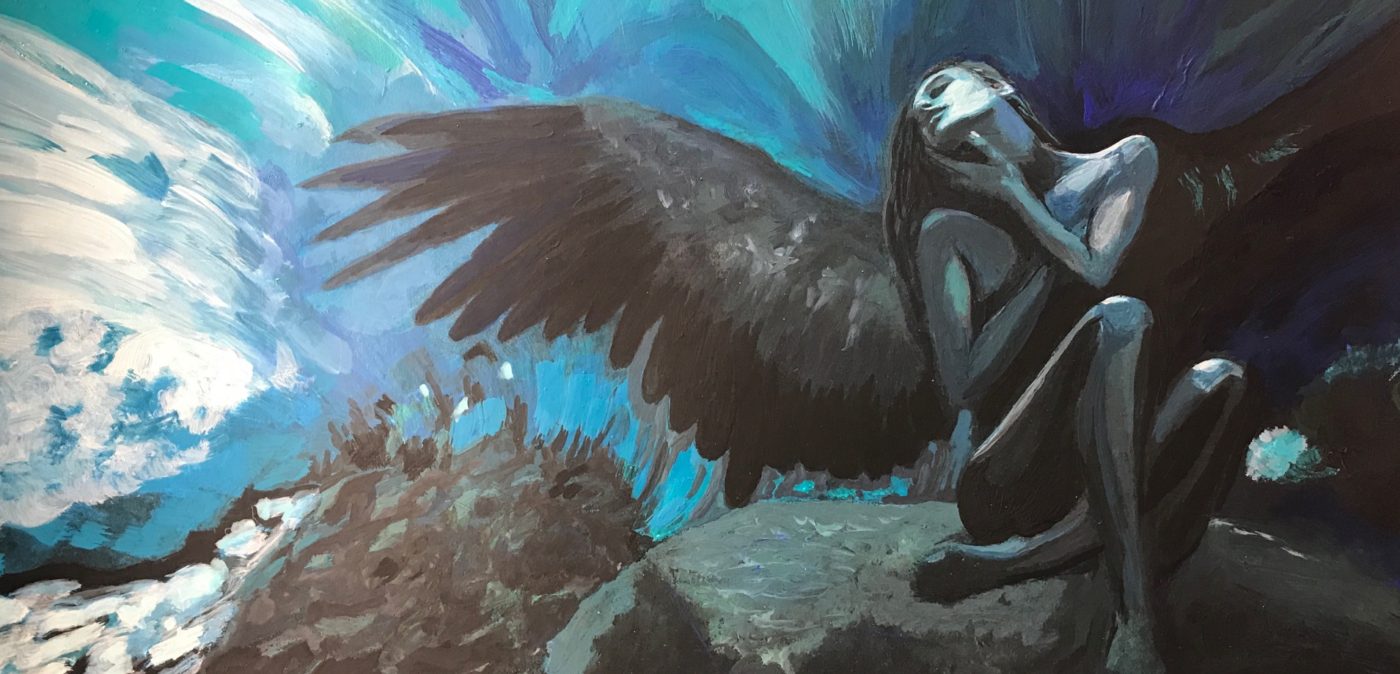The Warrior- The final archetype of my series
You may recall that I’ve written the four books of the Fae-Tales series to match certain archetypes. Not only because mythology deals with archetypes but I believe they represent aspects of everyone. The more you can exist in many forms of archetypes, the more balanced your existence is.
This final book Saighdiúir is about the Warrior archetype. If the Hero is a childhood archetype (Tate in Gheidh) then the Warrior is the “adult” version. Where Tate is still figuring how much pain he can take, how hard he can push, i.e. how much energy he can release to fight and destroy, the Warrior is the “master of his energies, releasing them and pulling them back as he chooses.” Where Tate struggles with his own identity, in this story, the protagonist has accepted it. He knows who is. A feeble person believes all pain is bad (he dies a thousand deaths). A Warrior knows “there is bad pain and good pain. He is willing, even eager to withstand psychological and physical pain on the path to his goals.” These are all traditional stereotypes but they go back to an ancient principle—the energy of destruction. This is known as creative destruction (not total annihilation). Creative destruction is often used in economics, but it’s much older than that. It’s a driving concept in evolution, it may be at the heart of the construct in the underlying symmetry of the universe itself. Similarly, I’m using gender in a very deliberate way. It signifies one of two opposing principles which are represented by the masculine and feminine. I’m not referring to social constructs which are an interpretation of these energies, but rather the ancient mythological and psychological concepts. Too much of the Warrior and you devolve to its weaker type—the sadist, too little and you’re a mere shadow of your real self.
The Warrior fights for something outside his “self”, something greater than himself. To protect others, a cause, a people—these are the strict tenets of the Warrior archetype that demand discipline even at the cost of his own life. For Carl Jung it was Ares, Ancient Greek God of war. For me, it’s my newest protagonist. He must fight a war unlike any he’s been trained for. Pat Benatar once famously sang “Love is a Battlefield.” I’ve made this true in the most literal sense. Enjoy!
Blessings,
MG
